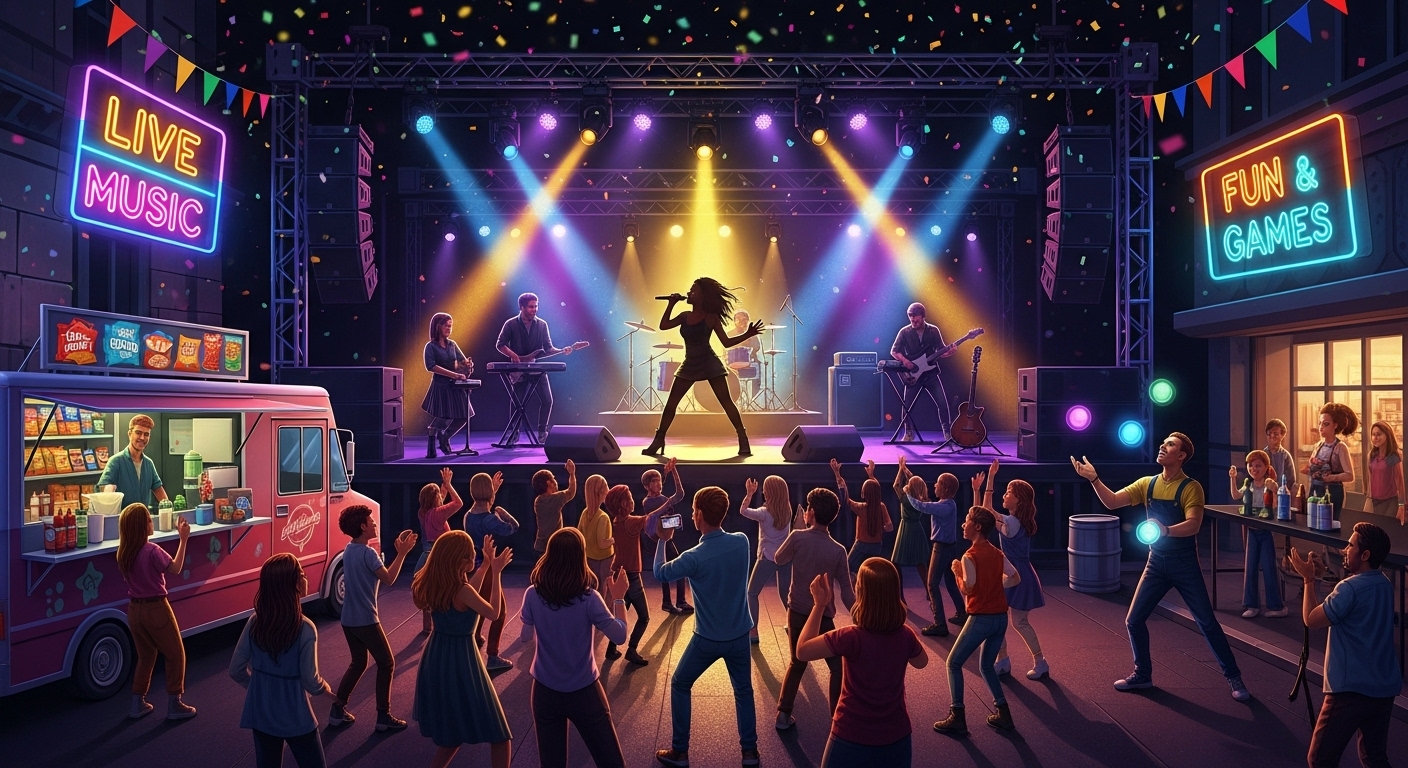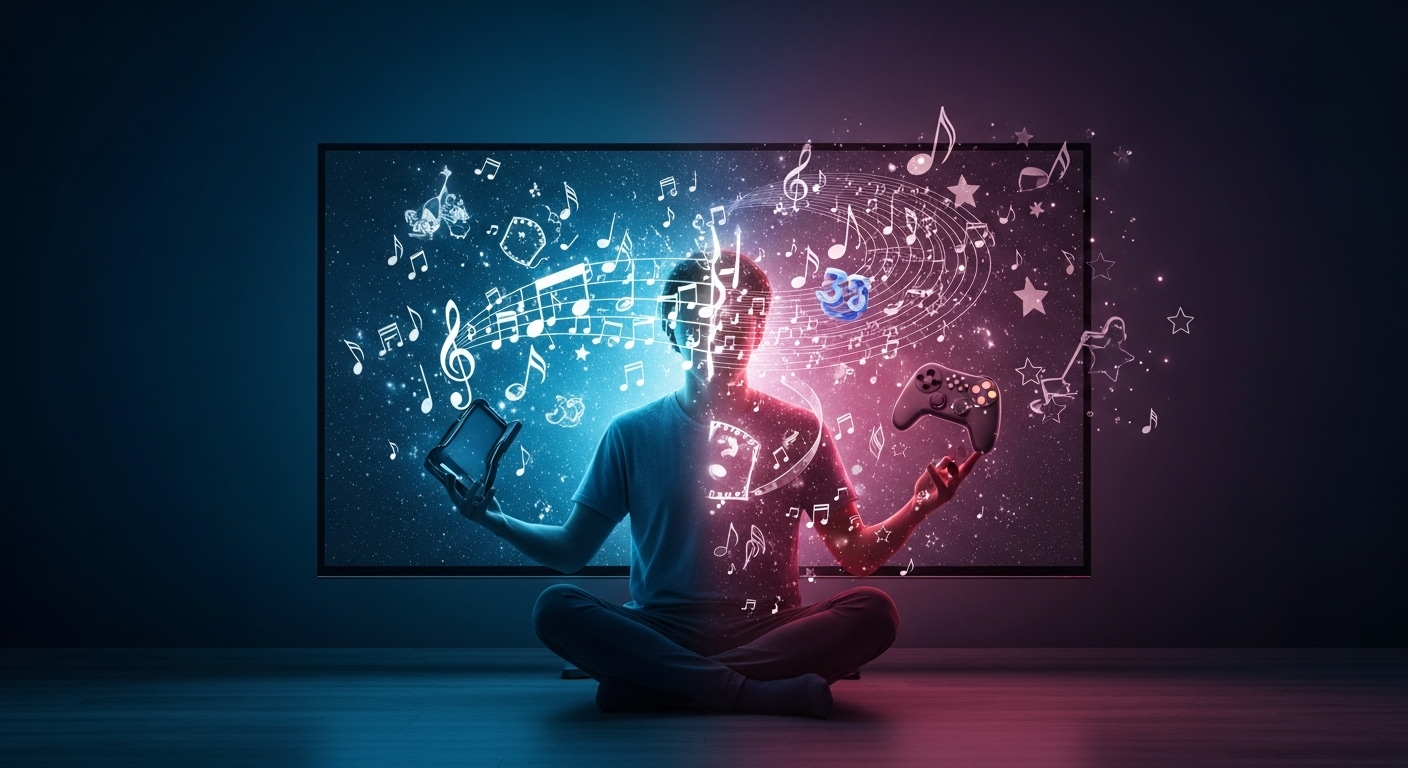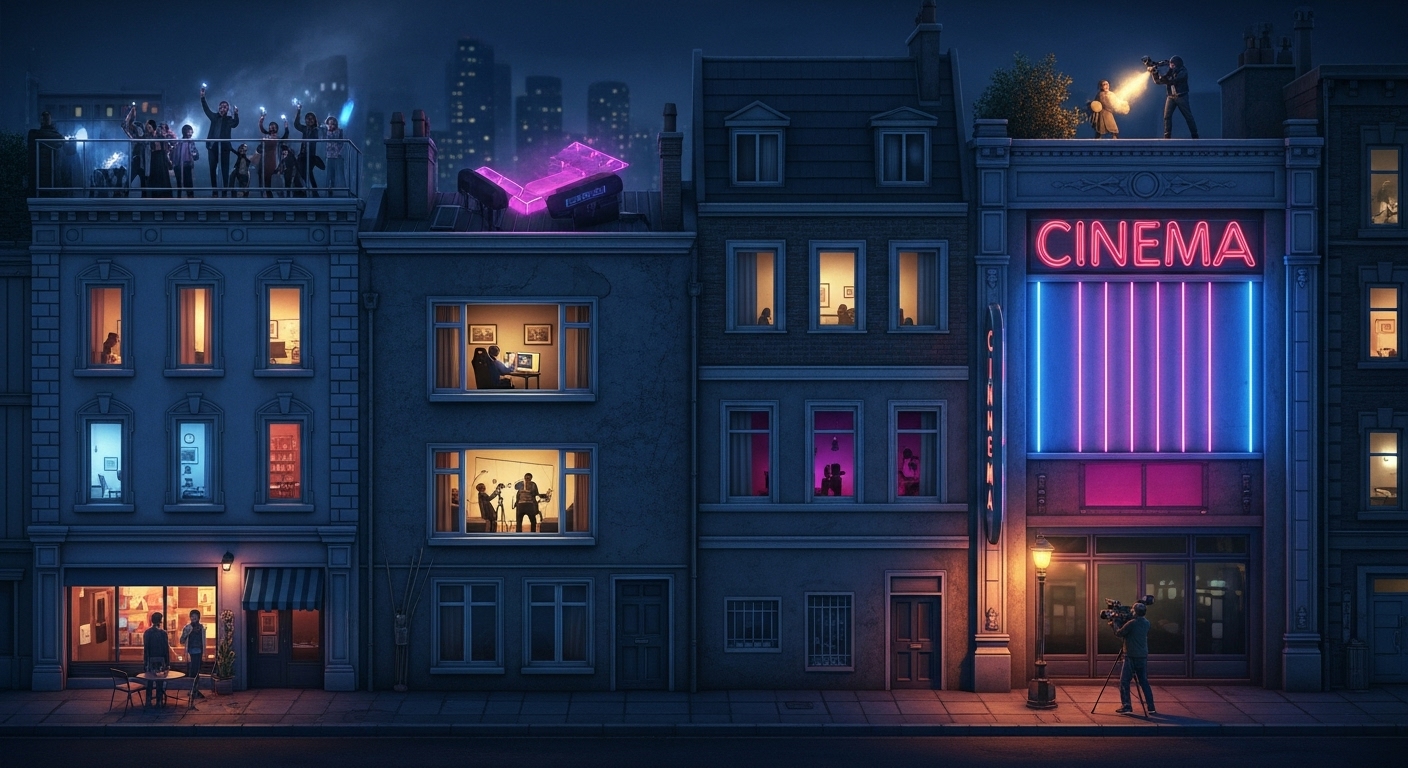Entertainment has always been a crucial part of human culture, offering an escape from the everyday and a means to connect with others. What started as simple storytelling around a fire has evolved into a multi-billion-dollar global industry, influencing everything from personal leisure time to societal values. Over the years, the ways in which we consume entertainment have changed drastically, shaped by technology, cultural shifts, and changing tastes. In this blog post, we will explore how entertainment has evolved, the impact of new forms of media, and what the future holds for this dynamic industry.
The Roots of Entertainment: Tradition and Performance
Historically, entertainment began as an oral tradition—stories passed down through generations, often accompanied by music, dance, or drama. This form of entertainment brought people together, fostering communal bonds and creating a sense of shared experience. Early theater and live performances, such as those in ancient Greece and Rome, were some of the earliest formal expressions of entertainment. These performances weren’t just for enjoyment—they often served as a way to discuss important social and political issues, using comedy and tragedy as tools for reflection.
Music, too, has played a central role in entertainment for centuries. From tribal rhythms to classical symphonies, music has always been a form of emotional expression and social cohesion. These art forms were primarily live, with the audience physically present to experience the performance.
The Rise of Cinema: The Golden Age of Movie Magic
The invention of cinema in the late 19th century revolutionized entertainment. No longer was the audience required to be physically present for a performance. Movies brought the magic of storytelling to the masses, allowing them to experience far-off lands, epic adventures, and fictional worlds all from the comfort of their local theater. The golden age of Hollywood in the 1930s and 1940s produced iconic films and stars, shaping popular culture for decades.
As cinema advanced, it became an increasingly immersive experience. From the silent films of Charlie Chaplin to the visual spectacle of Technicolor films, movies evolved to incorporate new technologies that enhanced the viewer’s emotional engagement. The post-World War II boom in television further expanded entertainment options, allowing families to enjoy a wide range of shows in their own living rooms.
Television and the Home Entertainment Revolution
Television became the centerpiece of entertainment in the 20th century. With the introduction of color TV and cable networks, entertainment options expanded beyond network television. Families no longer needed to go to the theater; they could enjoy movies, news, and a variety of shows at home. The 1950s and 1960s saw the birth of iconic TV programs like “I Love Lucy,” “The Twilight Zone,” and “The Ed Sullivan Show,” which not only entertained but also shaped societal norms and values.
As cable TV grew in the 1980s, niche channels emerged, catering to specific interests like sports, music, news, and education. The proliferation of channels led to the rise of “appointment television,” where viewers would gather at a specific time to watch a show together, creating shared cultural moments. The advent of the VCR in the 1980s also allowed people to record and watch shows at their convenience, a precursor to today’s on-demand viewing.
The Digital Revolution: Streaming and the Age of On-Demand Content
The 21st century has seen the most significant changes in entertainment consumption, largely driven by the digital revolution. The internet and streaming services have reshaped how we access and enjoy content. Platforms like Netflix, Hulu, and Amazon Prime have made it possible for people to watch entire seasons of shows in one sitting, fueling the rise of binge-watching culture.
Streaming services not only provide a vast library of content, but they also allow for the creation of original programming. Netflix’s “Stranger Things” and Amazon’s “The Boys” are just a few examples of original shows that have garnered massive followings. These platforms also produce content for global audiences, meaning that a hit series in one country can become a worldwide sensation.
The beauty of streaming lies in its accessibility. Audiences no longer need to rely on scheduled programming or the limited selection of cable TV. Instead, they can watch what they want, when they want, and on a variety of devices, from smartphones to smart TVs. The convenience of streaming has contributed to the decline of traditional cable television and physical media like DVDs.
The Impact of Social Media on Entertainment Consumption
In addition to streaming, social media has become an increasingly important part of the entertainment ecosystem. Platforms like Instagram, YouTube, TikTok, and Twitter allow individuals to create and share content, enabling anyone to become a content creator. The rise of influencer culture has blurred the lines between traditional entertainment and user-generated content. Celebrities no longer just appear on TV or in movies—they’re accessible on social media, engaging with fans in real-time.
Social media also plays a crucial role in shaping trends and creating viral moments. A single video, meme, or song can quickly spread across the globe, influencing pop culture in ways that traditional media never could. Platforms like TikTok have introduced new ways of consuming music and entertainment, with viral dance challenges and trends sparking millions of users to participate and create their own versions.
Furthermore, social media allows for a level of interactivity with content creators that has never been possible before. Fans can directly engage with their favorite celebrities or creators through comments, livestreams, and Q&A sessions, forging deeper connections and fostering a sense of community.
The Growth of Video Games: Entertainment for All Ages
While video games have long been considered a niche form of entertainment, they are now a dominant force in the global entertainment market. With an estimated 3 billion gamers worldwide, the video game industry surpasses even film and music in terms of revenue. Games like “Fortnite,” “Minecraft,” and “The Legend of Zelda” have become cultural touchstones, with millions of players around the world engaging in online multiplayer experiences, live events, and virtual worlds.
Gaming is no longer limited to teenagers or young adults. With the rise of mobile gaming, anyone with a smartphone can access games that range from simple puzzles to complex role-playing games. The development of VR and AR technology is also opening new possibilities for immersive gaming experiences, allowing players to interact with virtual environments in ways that feel incredibly real.
Esports, or competitive video gaming, has also exploded in popularity. Major tournaments now attract millions of viewers, rivaling traditional sports in terms of viewership and prize money. Esports athletes are gaining recognition as legitimate sports figures, and gaming as a career is becoming a viable path for many.
The Future of Entertainment: What’s Next?
As technology continues to advance, the future of entertainment looks promising and unpredictable. We are likely to see further developments in virtual reality (VR), augmented reality (AR), and artificial intelligence (AI), which will lead to more interactive and immersive experiences. The idea of “experiential entertainment” could become the norm, where audiences are no longer passive consumers but active participants in the story or game.
Additionally, the way content is distributed and monetized will continue to evolve. Subscription services may become even more personalized, with AI-powered recommendations tailored to individual tastes. We may also see an increase in live, interactive broadcasts, where audiences have more control over what they watch or how they engage with content.
With the growing demand for inclusivity and representation, we can also expect to see more diverse stories and voices in entertainment. From films and TV shows to gaming and social media, content that reflects a wider range of experiences will likely become more prominent.
Conclusion: Entertainment as a Constant Companion
Entertainment has always been an essential part of human culture, and it will continue to be in the future. From its roots in live performance to the rise of digital content, entertainment has evolved to meet the needs of modern audiences. The ways in which we consume entertainment may change, but the core desire for storytelling, connection, and enjoyment will always remain.
As we move further into the digital age, the possibilities for entertainment are endless. Whether it’s through the immersive worlds of gaming, the viral content on social media, or the accessibility of streaming platforms, entertainment will continue to shape our lives in new and exciting ways. The future of entertainment is not just about watching; it’s about experiencing, engaging, and interacting in ways we’ve never imagined.



